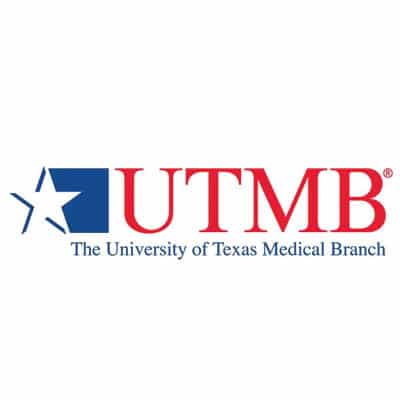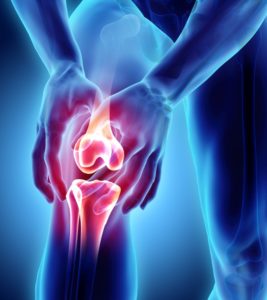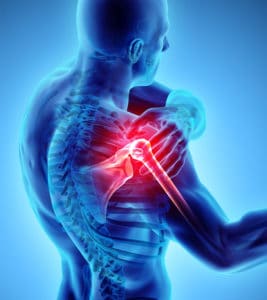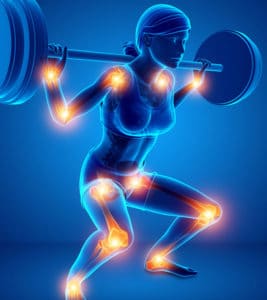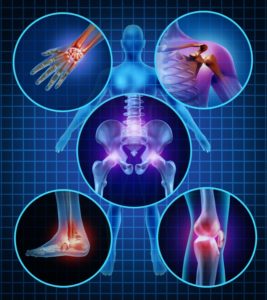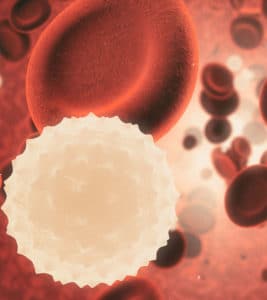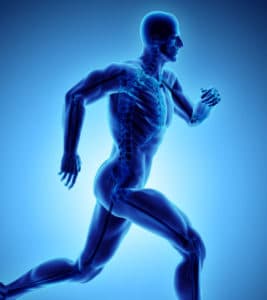Anterior Cruciate Ligament Injury
The anterior cruciate ligament, commonly known as the ACL, is one of the most commonly injured ligaments in the knee. Running diagonally through the middle of the joint, the ACL works together with three other ligaments to connect the femur (thigh bone) to the tibia (the larger of the two lower leg bones). A tearing of this ligament causes the knee to become unstable and the joint to slide forward. ACL injuries occur most often in athletes as a result of direct contact or an awkward fall. About half of all ACL injuries are also accompanied by damage to the meniscus, cartilage, bone or other ligaments in the knee.
Causes Of An ACL Injury
The ACL ligament most frequently tears as a result of a sudden turn or change of direction that causes the knee to twist or hyperextend. Such an injury most often occurs in sports that involve abrupt stops and changes in direction, such as tennis, football, soccer and basketball. It may also occur as a result of an automobile or skiing accident. Many ACL ligament tears also result from commonplace accidents like falling off a ladder or missing a step on a staircase.
Risk Factors For An ACL Injury
Women are more likely to experience an ACL tear than men, even when they are engaging in the same activities. This is because women have a strength imbalance in their thighs, with the quadriceps, the muscles at the front of the thigh, being more powerful than the hamstrings, the muscles at the back.
Symptoms Of An ACL Injury
Signs of an ACL injury are difficult to ignore. These signs include:
- Popping sound as the ligament tears
- Immediate pain, swelling and instability
- Increasing swelling and pain following the injury
- Limited range of motion of the knee
- Tenderness at the site
- Inability to walk
Patients who are suspected of having ACL injuries should obtain medical attention immediately to avoid further joint damage.
Diagnosis Of An ACL Injury
A physical examination for an ACL injury includes evaluation of swelling and tenderness, especially in comparison to the unaffected knee. It also involves moving the knee into different positions to assess possible ACL damage. For a definitive diagnosis of an ACL tear, imaging tests, including X-rays, ultrasound, MRI and CT scans, are administered so that the internal structure of the knee can be visualized.
Treatment For An ACL Injury
Patients who suffer ACL injuries must use crutches and possibly knee braces during the early stages of recovery. Depending on the severity of the injury, surgery may or may not be necessary. While not all ACL injuries require surgery, leaving the ligament torn or damaged puts the patient at risk for recurring episodes of knee instability. It may also increase the likelihood of developing tissue damage or arthritis over time. For athletes who want to return to high-risk sports, surgical reconstruction is always necessary.
Ligament tears cannot be repaired by simple reattachment. Normally grafting of part of another ligament, usually taken from the patient’s knee or hamstring muscle, will be used in the procedure. At times, the graft may be taken from a deceased donor. Physical rehabilitation is always necessary to restore strength, function and stability to the knee, whether or not the patient undergoes surgery.
Anterior Cruciate Ligament Reconstruction
The anterior cruciate ligament (ACL) is one of the most commonly injured ligaments in the knee. Running diagonally through the middle of the joint, the ACL works in conjunction with three other ligaments to connect the femur (upper leg bone) to the tibia (the larger of the two lower leg bones). ACL injuries occur most commonly in athletes as a result of direct contact or an awkward fall. About half of ACL injuries are also accompanied by damage to the meniscus, cartilage, bone or other ligaments in the knee, any of which may complicate the repair process.
The ACL Reconstruction Procedure
ACL reconstruction is usually not performed until several weeks after the injury, when swelling and inflammation have been reduced. In most cases, an ACL repair is necessary because there has been an avulsion of the ligament, which means that not only the ligament, but a piece of bone, has been fractured. Simply reconnecting the torn ends of the ACL will not repair it. The torn ligament has to be completely removed and replaced. Part of another ligament, usually in the knee or hamstring, is used to create a graft for the new ACL.
Most commonly, the graft used is an autograft, harvested from patient’s own body, such as the tendon of the kneecap (patellar tendon) or one of the hamstring tendons. In other procedures, allograft tissue, taken from another (usually deceased) donor, is used. The graft may be attached with screws or staples before incisions are closed. This procedure is performed under general anesthesia on an outpatient basis.
Benefits Of Arthroscopic ACL Repair
In many cases, this procedure can be performed using arthroscopic techniques, which involve creating a few small incisions in the knee, into which a camera and tiny surgical instruments are inserted. Saline is injected into the knee to allow for more operating space. The surgeon performs the repair while viewing the knee on a video monitor for more precise results. Arthroscopy offers patients a less invasive procedure with less scarring, less pain, less bleeding and a shorter recovery time.
Risks Of ACL Repair Surgery
Although considered a very safe procedure, there are certain risks associated with ACL repair surgery, including graft failure or ineffective surgical results. The risks associated with any surgical procedure, such as infection, blood clots, excessive bleeding, breathing difficulties, and adverse reactions to medication or anesthesia also apply.
Recovery From ACL Repair Surgery
Following ACL repair surgery, patients can return home after a few hours of medical observation. Patients will likely experience pain, bruising and swelling after surgery, which can be managed through prescription pain medication. Individual recovery varies depending on the type of procedure performed and the condition of the individual patient.
Physical therapy begins right after surgery and normally continues for several months to help patients return to activity with their reconstructed knee. In order to achieve the most effective results from surgery, patients must commit to a long-term rehabilitation program. The ACL surgical repair is typically successful, providing long-term stability of the knee joint. After completion, most patients experience effective pain relief and improved knee function.
Rehabilitation For Anterior Cruciate Ligament Injury
The anterior cruciate ligament (ACL), one of the most commonly injured ligaments in the knee, runs diagonally through the middle of the joint. About half of ACL injuries are also accompanied by damage to the meniscus, cartilage, bone or other ligaments in the knee, complicating the healing process. After the first aid treatment of rest, ice, compression and elevation (RICE), all patients with ACL injury require rehabilitation.
For some patients, physical therapy is done before and after a surgical repair. For others, the physical therapy alone is sufficient. If the patient undergoes rehabilitation without surgery, however, the knee may remain unstable during certain movements.
Nonsurgical Rehabilitation For ACL
Early therapy for ACL injury involves periodic applications of ice to reduce swelling. A knee brace is often worn for support and compression and crutches or splints may be used for a few days to keep weight off the affected knee. It is important to begin physical therapy soon after the injury occurs to prevent stiffness of the joint and muscle atrophy. Rehabilitation to help relieve pain, reduce swelling, prevent muscle spasms and increase mobility may include:
- Electrical stimulation
- Ultrasound
- Light massage
- Range of motion (ROM) exercises
- Strengthening exercises
- Isometric exercises
- Exercises to improve balance
- Proprioceptive exercises
The therapeutic routine will be adjusted to accommodate each individual patient’s condition and tolerance level.
Postsurgical Rehabilitation For ACL
In order to give the patient the best chance of regaining full function of the knee, physical therapy begins right after the surgery to repair an ACL ligament. It may continue for several months until the patient is able to resume normal activities. Postsurgical rehabilitation takes place in stages as the weeks pass, a process known as functional progression.
During the first days after surgery, patients may be instructed in the use of a continuous passive motion (CPM) machine, although there is some controversy about whether this machine actually produces therapeutic results. In the ensuing weeks, rehabilitation will include some or all of the following:
- Exercises to strengthen the quadraceps and hamstrings
- Range of motion (ROM) exercises
- Extension (stretching) and flexion (bending) exercises
- Therapeutic walking
- Ultrasound
Postsurgical rehabilitation for ACL usually takes several months. It may take a month or two more for patients to be able to fully engage in athletic activities.




